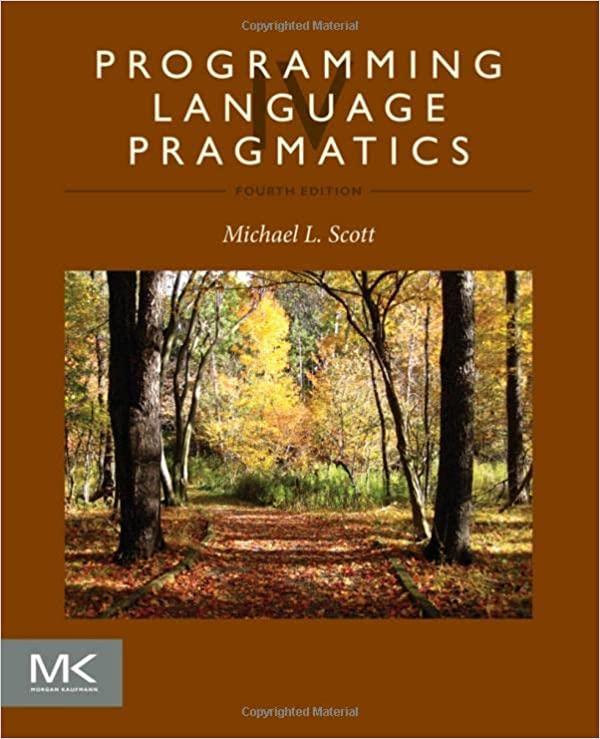Ada provides two remainder operators, rem and mod for integer types, defined as follows [Ame83, Sec. 4.5.5]:
Question:
Ada provides two “remainder” operators, rem and mod for integer types, defined as follows [Ame83, Sec. 4.5.5]:
Integer division and remainder are defined by the relation A = (A/B)*B + (A rem B), where (A rem B) has the sign of A and an absolute value less than the absolute value of B. Integer division satisfies the identity (-A)/B = -(A/B) = A/(-B).
The result of the modulus operation is such that (A mod B) has the sign of B and an absolute value less than the absolute value of B; in addition, for some integer value N, this result must satisfy the relation A = B*N + (A mod B). Give values of A and B for which A rem B and A mod B differ. For what purposes would one operation be more useful than the other? Does it make sense to provide both, or is it overkill?
Consider also the % operator of C and the mod operator of Pascal. The designers of these languages could have picked semantics resembling those of either Ada’s rem or its mod. Which did they pick? Do you think they made the right choice?
Step by Step Answer:






